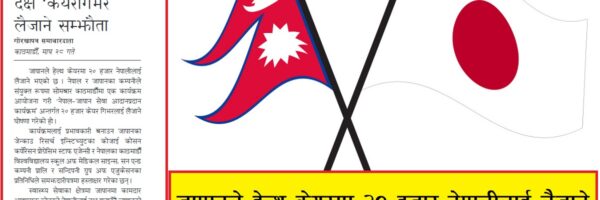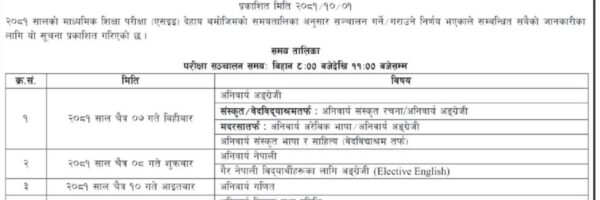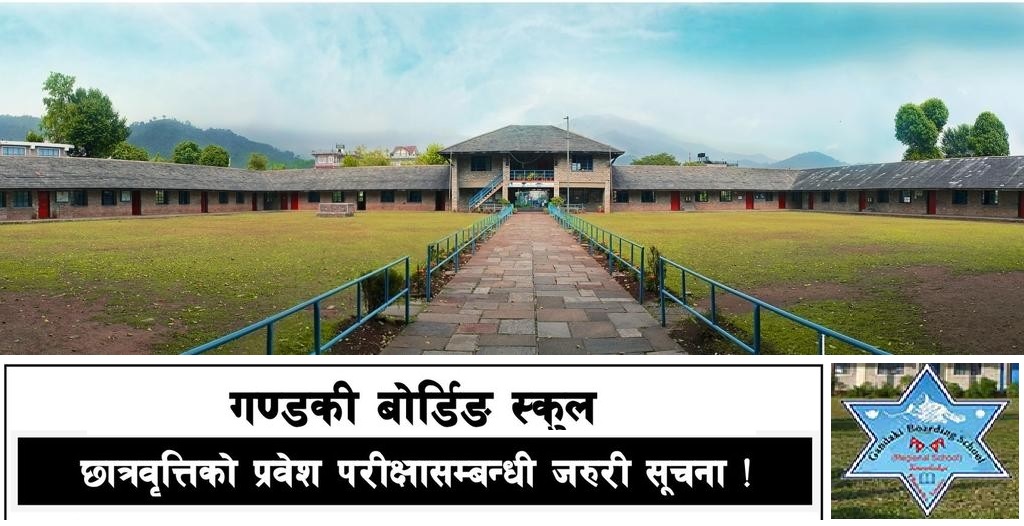This is for Engineering English Entrance exam. Intonation is defined as a tune or melody in English language. It may also be called rise and fall in the speech sound or pitch change. According to J.D.O. Conner, a very famous phonetician, “The voice goes up and sown and the different notes of the voice combine to make tunes”.
In some languages the tune mainly belongs to the word, being part of its shape. We can say a word group definitely or we can say it hesitantly, we can say it angrily or kindly. The words do not change their meanings but, the tune we use adds something to the words, and what it adds is the speaker’s feelings at that moment: this way of using tunes is called intonation. This article partially fulfill the demand of students for Engineering English question.
Types of Intonation
- Falling intonation
- Fall- rise intonation
- Rising Intonation
If our speech utterances end with a high pitch it marks the rising intonation. The rising intonation can be used in the following situations.
- Repeated wh- question: What? Who?
- Yes / No questions : Is that your house?
- Statement used as question: Rita got married?
- Polite request: Please, come in.
- Greeting: Good morning.
- Expression of Cordial gratefulness : Thank you, doctor
2.Falling Intonation
The falling intonation usually marked by the fading sound at the end of the speech utterance. We use falling intonation in-
- Simple statement: Ravi wrote an essay.
- The simple command: Sit down.
- A simple wh-question: What’s your name?
- Expression of formality: Thank you.
3.Fall- Rise Intonation
It is normally used in the short, single- word responses which the speaker generally makes while answering the spot questions asked at certain spots like a cinema hall, picnic spot by the reporter working for a news, paper, radio or television.
A: How is film? B: Interesting
We may sometimes use at least two intonation patterns in the same sentence if it is made up of two clauses or parts. Following are mixed intonation patterns.
- Rising + Rising intonation
- Rising + Falling intonation
- Falling + Falling intonation
- Falling + Rising intonation
Rising + Rising intonation
- A long Yes/ No question;
Is he the same man who gave you a chocolate?
2. A sentence containing an endless list:
She bought a bag, an umbrella, a pen, a book, a pencil.
Rising + Falling intonation
- Yes/ No questions containing two options connected by ‘or’
Will you have tea or coffee?
2. Statement containing a list:
Hari saw a tiger, a bear, a monkey and a donkey.
3. Negative command + question tag:
Don’t touch me, will you?
4. Sentence beginning with a dependent clause:
If you are ill, you can have a rest.
5. Sentence containing two related parts:
She bought a ticket, but could not get a seat.
Falling + Falling intonation
- A statement containing ‘Noun + Noun in apposition’:
I met Rita, my old friend.
- A sentence containing two unrelated parts:
I sang a song, he read a novel.
- A ‘statement + question tag’:
This is your pen, isn’t it?
Falling + Rising intonation
- ‘Statement + question tag’:
It is hot today, isn’t it?
- ‘Affirmative command + question tag’:
Do it, will you?
Engineering English Entrance Questions
English subject is equally important in entrance exam. We would like to wish best of luck to all the students preparing for BE entrance examination. Gbsnote.com attempts to provide the knowledge and information about engineering study in Nepal. Students can find the entrance exam material of physics and mathematics in this website. The knowledge of English is equally important for the students. We are planning to provide holistic knowledge of engineering study in Nepal. Keep on visiting gbsnote.com for the current information about the admission open and entrance exam date. This Engineering English practice questions are important for entrance exam.










